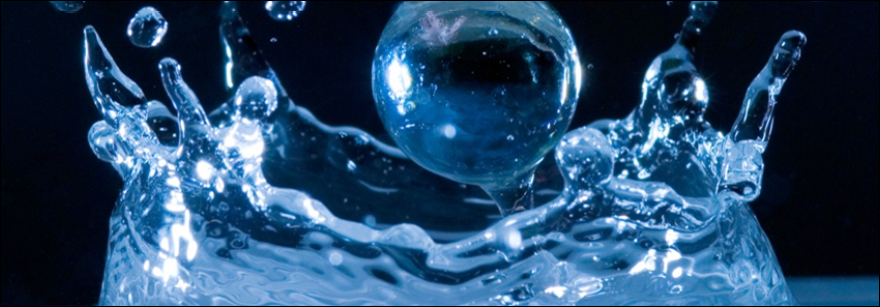Today is World Water Day, an annual celebration started as part of a United Nations campaign to raise awareness about water scarcity and safety issues around the world. But while water covers almost three-fourths of the Earth’s surface, it makes up a small portion of the global conversation.
The day takes on increased significance in the U.S. this year in light of the recent crisis in Flint, Michigan, in which thousands of residents were exposed to water contaminated with unsafe levels of lead as a result of the use of pipe-corroding water. The crisis in Flint became a major point of contention in the 2016 presidential election when the city hosted a Democratic debate between Hillary Clinton and Vermont Sen. Bernie Sanders.
In a statement to commemorate World Water Day in 2015, U.N. Secretary-General Ban Ki-moon said that “to address the many challenges related to water, we must work in a spirit of urgent cooperation, open to new ideas and innovation, and prepared to share the solutions that we all need for a sustainable future.”
To celebrate water’s big day, here are some facts about access to water around the globe, courtesy of Water.org:
1. 1.8 billion people around the world lack access to safe water.
2. Globally, a third of all schools lack access to safe water and adequate sanitation.
3. In low- and middle-income countries, a third of all healthcare facilities lack a safe water source.
4. The World Economic Forum in January 2015 ranked the water crisis as the No. 1 global risk based on impact to society (as a measure of devastation).
5. The incidence of children suffering from stunting and chronic malnutrition — at least 160 million — is linked to water and sanitation.
6. More than 840,000 people die from a water-related disease each year, including diarrhea caused by bad drinking water, hygiene and sanitation.
7. Eighty-two percent of people who don’t have access to “improved” water live in rural areas.
8. More than one-third of people worldwide lack access to a toilet, more than the number of people who have a mobile phone.
9. Women and children spend 125 million hours collecting fresh water every day. Individual women and children spend as many as six hours collecting fresh water daily.
10. Every 90 seconds a child dies from a water-related disease.
11. Universal access to safe water and sanitation would result in $18.5 billion in economic benefits each year from deaths avoided alone, a return of $4 for every dollar spent on safe water access.
12. The amount of safe water could drop by 40 percent in 15 years if people do not change the way they use water.

